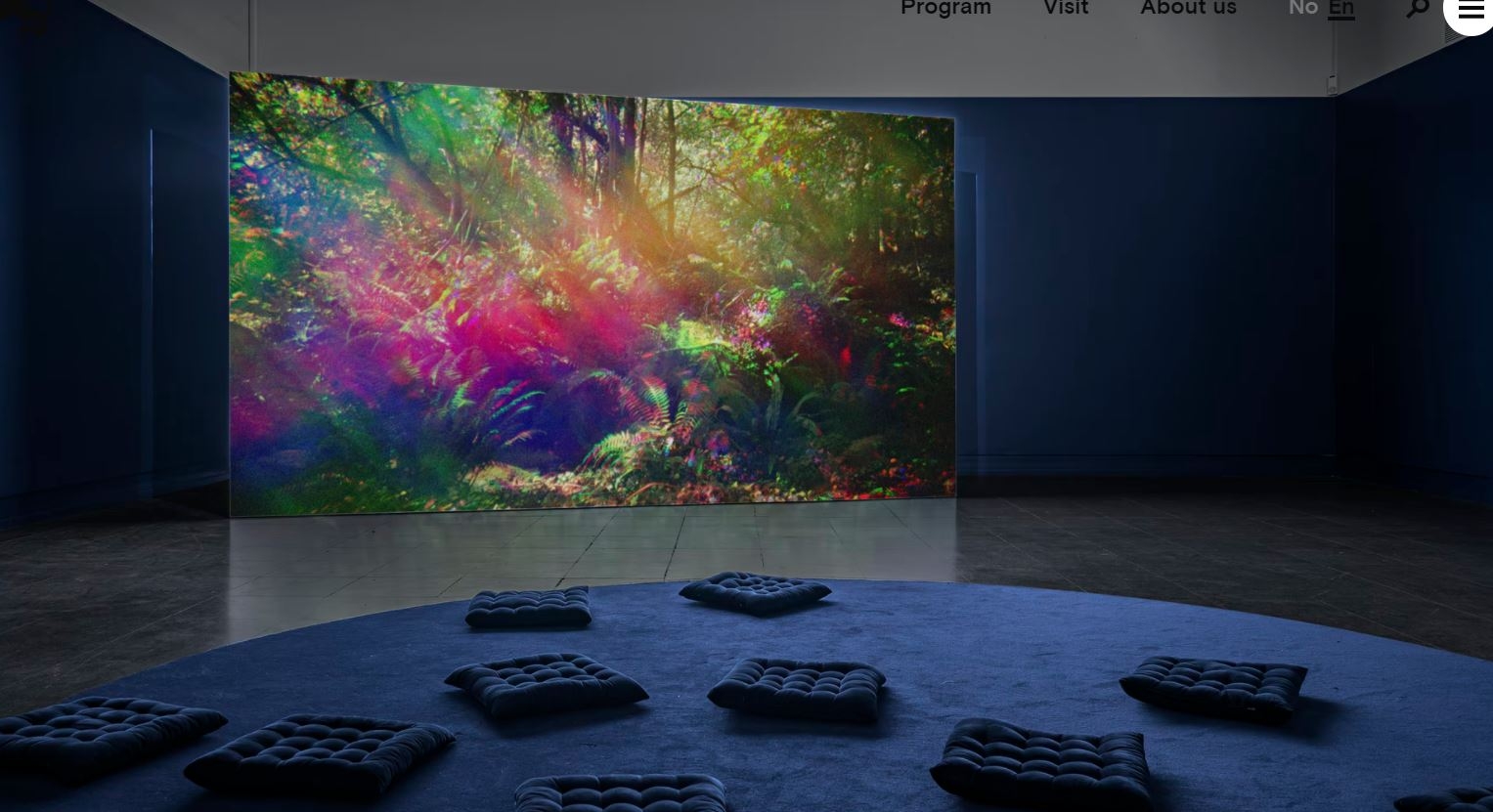At Kunstnernes Hus, Ben Rivers will show Urthworks, three films developed in collaboration with the American science fiction writer Mark von Schlegell. The films are set in a partly recognizable and partly otherwordly landscape in the wake of an apocalypse. This is Ben Rivers’ first exhibition in Norway.
The title Urthworks brings together a mythological figure and a work of science fiction. In Norse mythology Urth is the goddess of fate, a giant who personifies the past. Earthworks is a 1960s novel by Brian Aldiss that imagines a future after devastating ecological breakdown. All three films create an overarching exploration of otherworldliness, another dimension in the world around us where the line between real and imagined landscape becomes unstable.
Slow Action (2010, 45 min) is filmed in four locations: Gunkanjima – an island off the coast of Nagasaki, Japan; Tuvalu – a country in the middle of the Pacific; Lanzarote – one of the driest climates on earth; and the green pastures of Somerset in England. The film proposes a future where sea levels have risen drastically, cutting off small societies that have developed into tiny utopias in isolation.
Urth (2016, 19 min) is filmed at the American earth system science research facility Biosphere 2 in Arizona. The film imagines the biosphere as a sealed home of the last woman on Earth, making a log of her days as she struggles to keep her biosphere, and herself, alive.
Look Then Below (2019, 22 min) is the final part of the trilogy of speculative films. Taking ideas from Hollow Earth theories and fictions about civilisations living under the surface of the planet, such as Jules Verne’s Journeys into the Centre of the Earth, Rivers explores the caves in the British countryside area of Somerset as a location for imagining future lost civilisations. The film is shot on 16 mm film and transferred to digital film, and fuses science fiction writing, choral singing, and experimental music with computer generated imaging and documentary footage.




